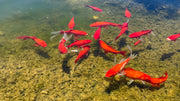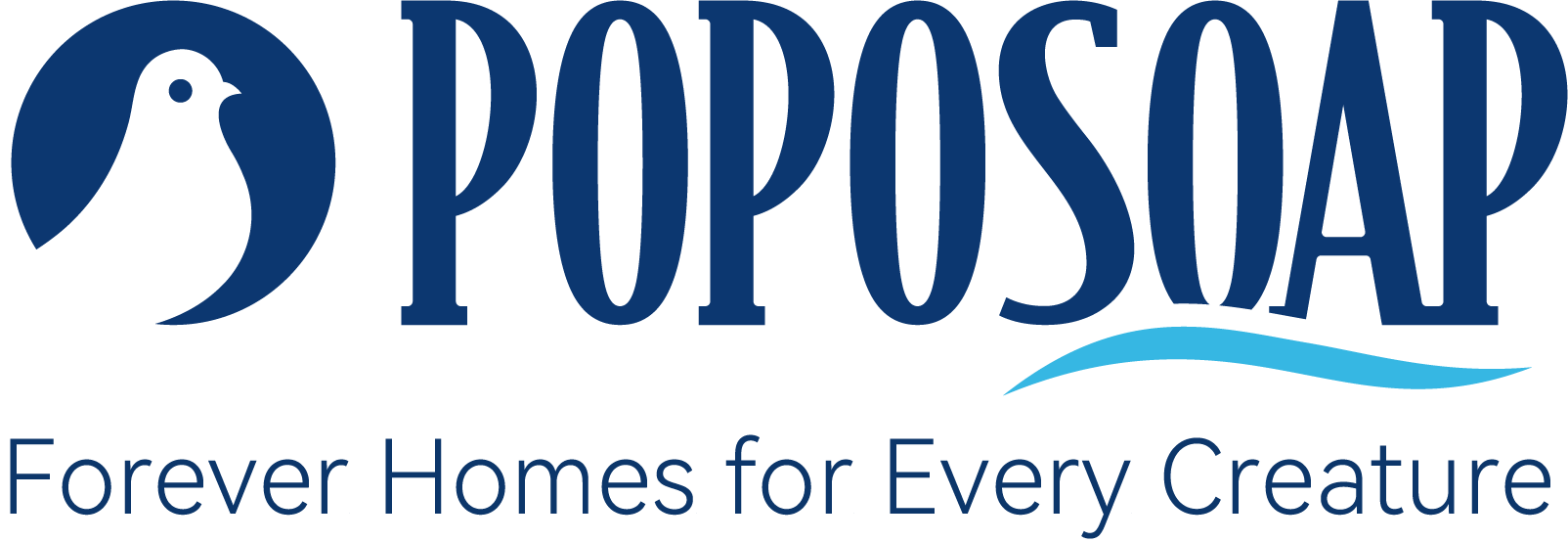
Imagine the setting: sunlight dances across a mirror-calm surface, lilies bloom, and vibrant streaks of color dart just below the surface. You crave that tranquility—but without endless maintenance articles, chemistry sets, and astronomical power bills. In a nutshell, you want good pond fish that flourish on neglect and a system that takes care of itself as much as possible. What follows is a professional, real-world guide to selecting hardy fish, building a forgiving environment, and trimming utility expenses with eco-friendly equipment from Poposoap.
Choosing the Right Pond Fish
Successful ponds start with practical stocking. New keepers tend to stock up on showy koi or fancy tropicals, then find that these beauties require immaculate water, winter heaters, and deep pockets. If you select hardy species first, the pond settles in sooner, algae remains in balance, and every other chore—from net cleaning to rinsing the filter—becomes easier. Whether your container is a whiskey-barrel water garden or a six-by-eight-foot patio pool, the rule is the same: begin with fish that tolerate your learning curve.
Key Qualities of Easy-to-Care Pond Fish

In screening prospective residents, search for five characteristics:
- Cold-hardiness – Can winter outside without heaters.
- Low bio-load – They produce less waste per inch of body length compared to koi, lowering filtration requirements.
- Peaceful temperament – Get along well with tankmates and do not tear
- Broad diet – Will accept flake, pellet, algae, and an occasional
- Disease resistance – Proven track record in outdoor water gardens.
Fish that meet these criteria allow novices to concentrate on water quality fundamentals and landscaping instead of daily triage.
Best Easy Pond Fish Options
Below are time-tested favorites for anyone searching “good fish for a small pond” or “fish that don’t need a filter” (though a filter is always smart—more on that soon).
Common & Comet Goldfish

Perhaps the ultimate fish in pond for novices. Their slim bodies handle temperature swings better than fancy round-bodied breeds. A group of five to seven creates movement without overpowering the ecosystem.
Shubunkin Goldfish

Think comet with calico splashes. Shubunkins grow to a manageable ten inches, stay active all year, and add painterly color to green plant backdrops.
Rosy Red Minnows

Ideal fish for small pond owners working with less than 200 gallons. These pink-orange minnows top out at three inches, school gracefully, and consume mosquito larvae nonstop.
White Cloud Mountain Minnows

A cooler-water cousin of the tropical neon tetra. Their reflective stripes shine in dappled light, and they tolerate temps into the low 50s °F—perfect for shoulder-season climates.
Golden Orfe (in larger ponds)

Fast swimmers that prefer company. Introduce a trio only if you have at least 1,000 gallons and a pump moving water—they like a good current and keep the surface lively.
All five species qualify as hardy fish for small pond settings (except orfe, which want more room). They tolerate slight nitrate bumps and short filter outages far better than koi or tilapia.
Tips for Keeping Fish Healthy in a Low-Maintenance Pond
(Add Poposoap solar pond filters to reduce electricity costs)
Install a biological filter—even for “fish that don’t need a filter.” Low waste does not equal no waste. A compact Poposoap Solar Pond Filter circulates water through coarse pads, activated carbon, and bio-balls, breaking down ammonia naturally. Because it runs on sunlight, the operating cost is $0 and there’s no extension cord snaking across your lawn.
Aim for gentle flow, not white-water rapids. Most small goldfish thrive with 80–160 gallons per hour of turnover. A Poposoap 12 Watt Solar Pond Filter provides that sweet spot while adding an oxygenating ripple.
Shade half the surface. Floating lilies, pickerelweed, or even a Poposoap Floating Pond Fountain casting spray reduce solar gain, keeping water clear and fish stress low.
Feed sparingly. Offer as much as the fish consume in two minutes, once or twice daily. Uneaten pellets rot, fouling water and overworking your filter.
Test once a week. Ammonia and nitrite should read zero; nitrate below 40 ppm. With hardy species, minor spikes rarely spell disaster, but catching trends early keeps the easy pond easy.
What to Avoid for Beginners
- Over-stocking. Ten baby goldfish become ten six-inch adults in a season. Start with half the number you think looks right.
- Fancy-tail breeds. Ryukin, ranchu, and pearl-scale goldfish are charming but fragile—save them for an indoor tank.
- Large carnivores. Channel catfish, bass, or oscars devour smaller tankmates and demand protein-rich diets that crash water quality.
- Exotic plants treated with pesticides. Residues wipe out beneficial bacteria and the resilient fish you’re trying to keep.
- Skipping filtration. Yes, some bloggers boast of wildlife ponds with no pumps. But new keepers usually feed fish and add fertilizers, tipping that natural balance. A silent, sun-powered Poposoap filter prevents 99 percent of rookie headaches.
Conclusion: Start Simple, Grow from There
The easiest fish in pond setups rely on hardy species—comet or shubunkin goldfish, rosy reds, or white clouds—and a modest solar filter humming quietly in the background. Keep numbers low, shade the water, feed conservatively, and let Poposoap’s off-grid filtration handle the heavy lifting. Once you master these fundamentals, expanding into more exotic stock—or even those showy koi—will feel effortless, because your pond’s foundation is rock-solid.
Simple fish, simple gear, maximum joy. That’s how beginners graduate from first splash to lifelong water-garden passion.











